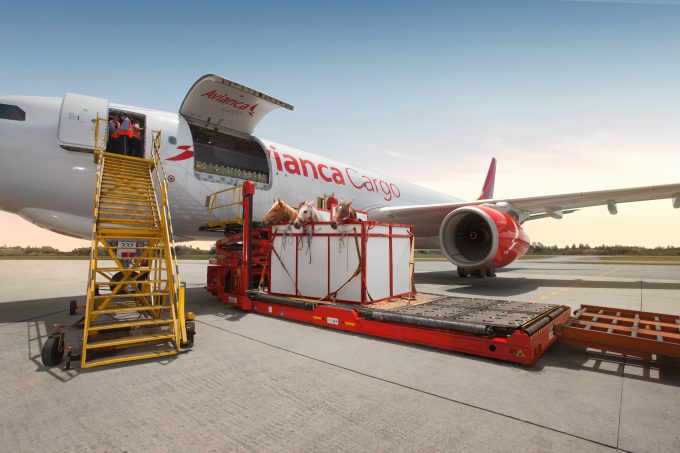Bottleneck fears as cargo growth outpaces airport infrastructure investment
Forwarders and airlines fear new bottlenecks at airports as cargo growth outpaces infrastructure investment. Brandon Fried, ...

Latin American air freight volumes have contracted in 26 of the last 28 months. Even as global air freight demand triggered a 14% rise in freight tonne km in March, Latin America bucked the trend, with a fall of 4.2%. Only North American carriers failed ...
Keep our news independent, by supporting The Loadstar
Four crew members still missing as Wan Hai 503 continues to burn
Explosions and 'out-of-control' fire reported on Wan Hai box ship
Carrier price hikes hold, driving spot rates higher as space gets scarcer
Predatory rivals circle as the ripples from DSV's Schenker buy widen
MSC Elsa crew face criminal probe, as Wan Hai 503 firefighters battle on
'It's driving us mad', say forwarders as US court fails to end tariff turmoil
Transpacific rates ease as capacity boost proves too much for trades to digest

Comment on this article